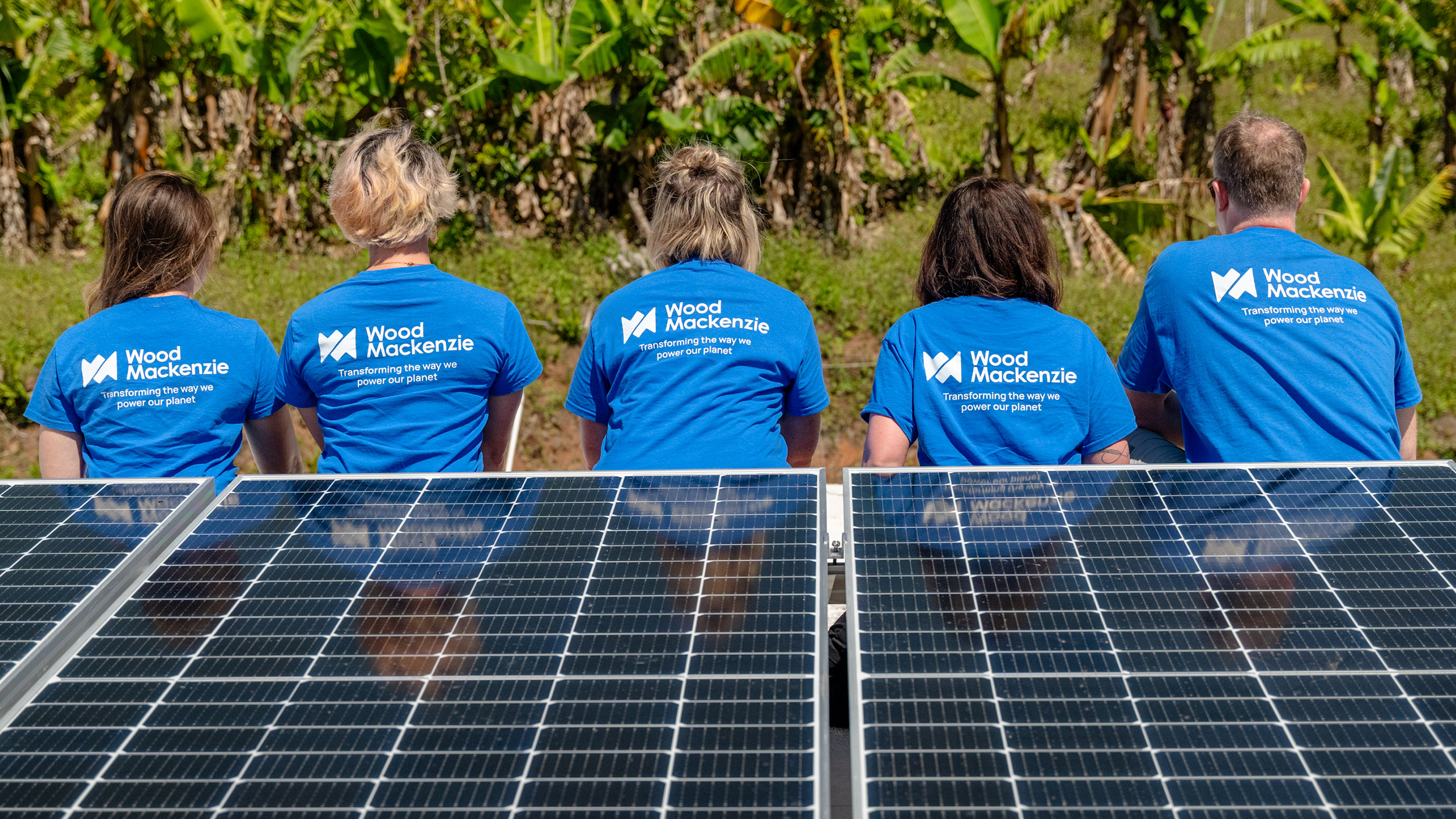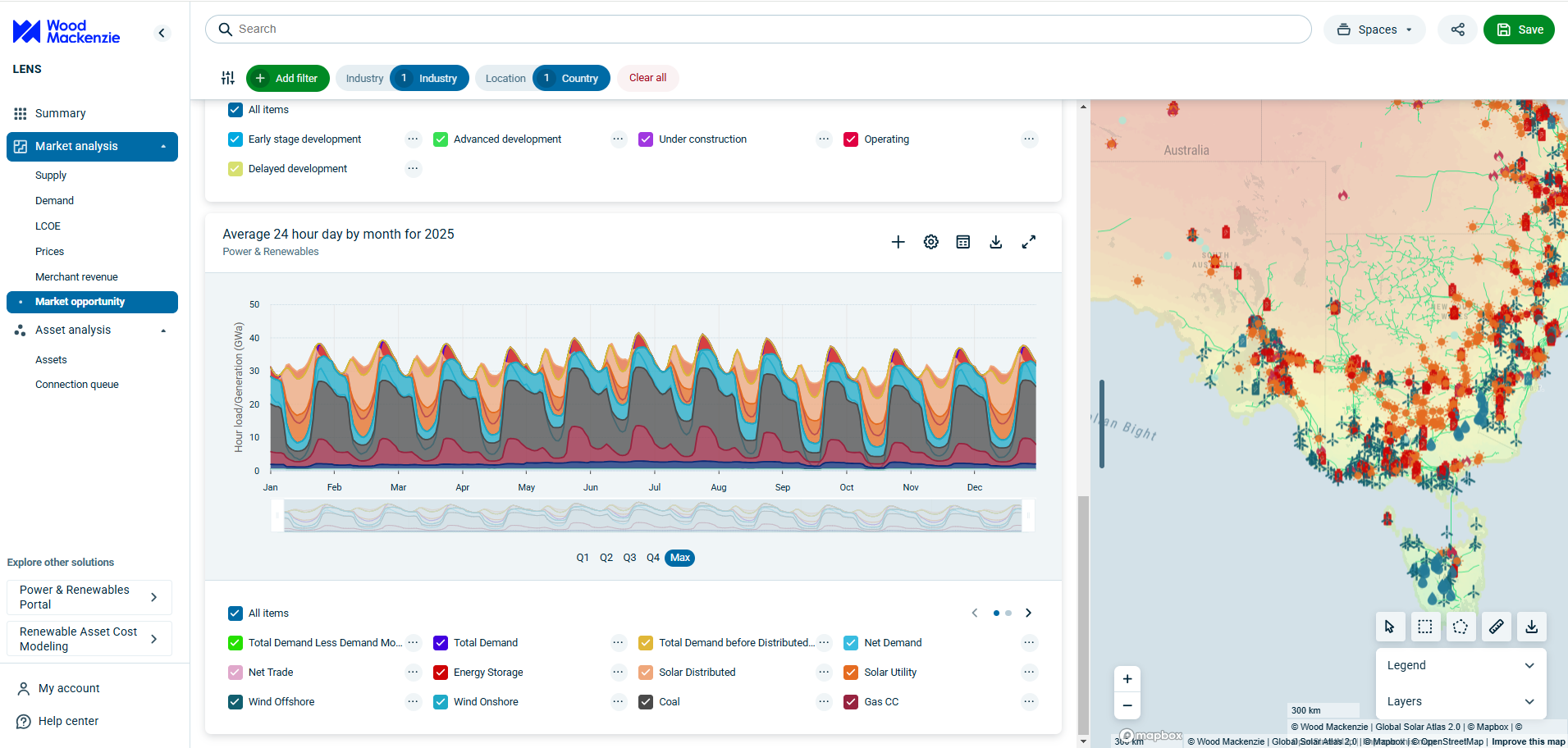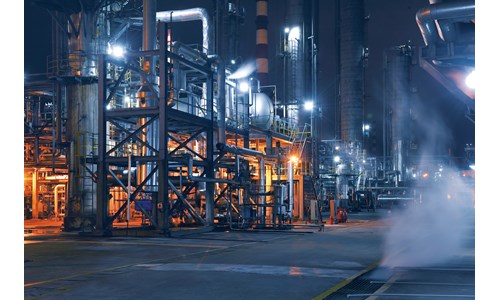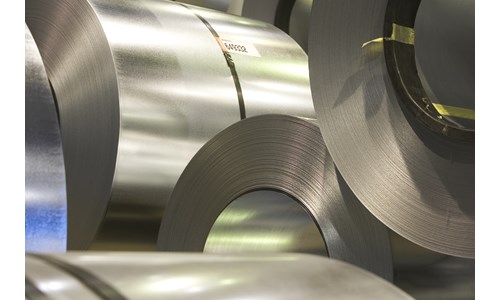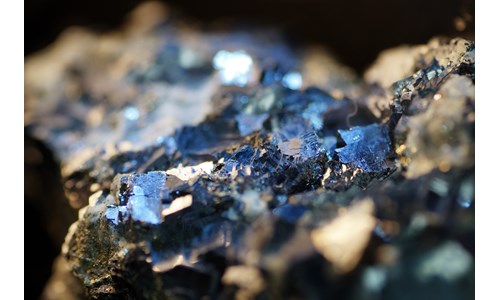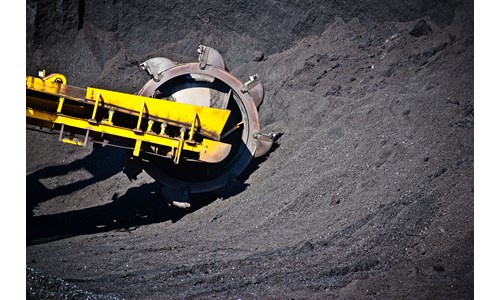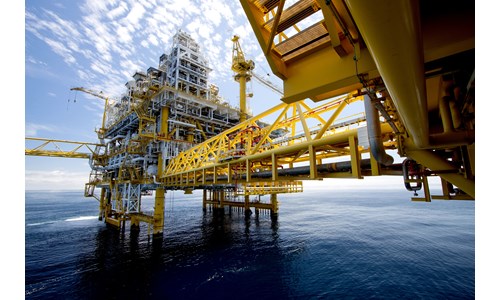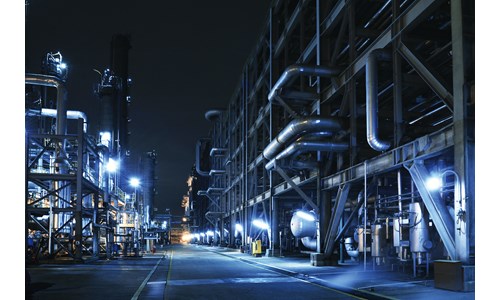China imports more semi-finished steel as finished steel exports drop
*Please note that this report only includes an Excel data file if this is indicated in "What's included" below
Report summary
Table of contents
- Executive summary
- China imports more semis and exports less finished steel
- It is cheaper to import billet than to buy it domestically
- No incentive to export finished steel with a relatively stronger domestic market
- Chinese steel producers are losing competitiveness
-
Higher feedstock costs have held Chinese producers back
- Higher iron ore cost
- Higher scrap cost
- Higher domestic coking coal cost
- High costs erode competitive edge in global market
- How does this affect our forecast?
Tables and charts
This report includes the following images and tables:
- Semis imports have been rising since May 2019
- Finished steel exports have continued to fall
- Billet is cheaper in foreign markets than in the domestic market
- No incentive to export rebar as its domestic market is better
- No incentive to export HRC either, even though its domestic market is weaker than the rebar market
- Steelmakers would make losses exporting to weaker foreign markets, as they are only making very thin margins in the relatively stronger domestic market
- Domestic scrap price is remarkably higher than the price in the foreign market
- China’s coking coal price is also higher than the price in the international market
What's included
This report contains:
Other reports you may be interested in
Ijmuiden steel plant
With blast furnace relaunch in Feb'24, Ijmuiden returns to full-capacity operations for the year.
$2,250The impact of 50% tariffs on US steel
US 50% steel tariffs redraw trade flows. We assess the impact on demand, production, and top exporters. No partner is immune.
$1,050Wakayama steel plant
The Wakayama works specialises in the manufacture of high end seamless steel pipe and tube products that are used in the oil and gas sector.
$2,250